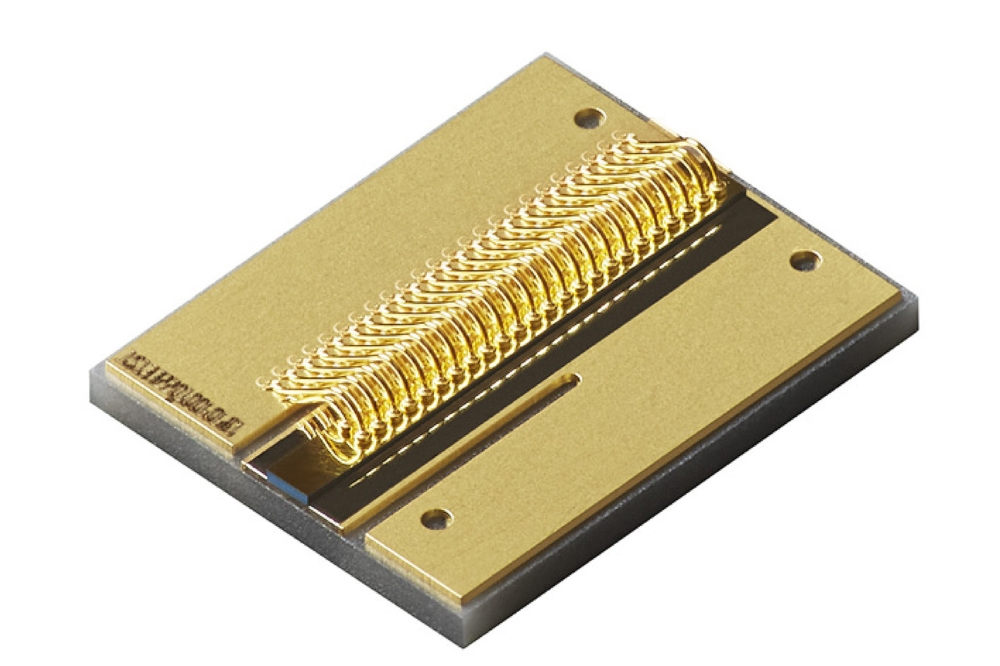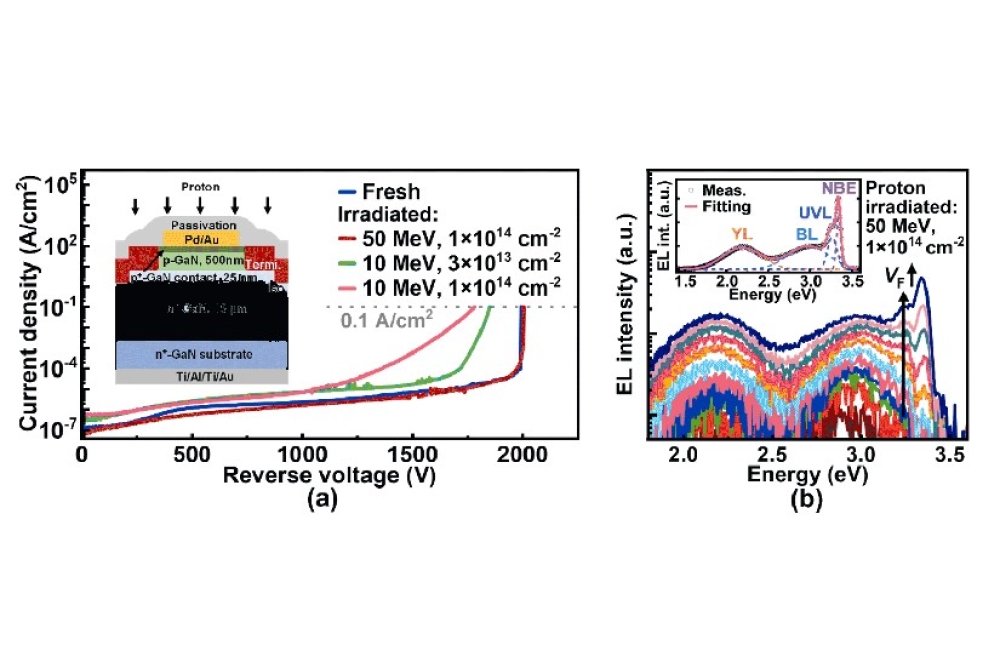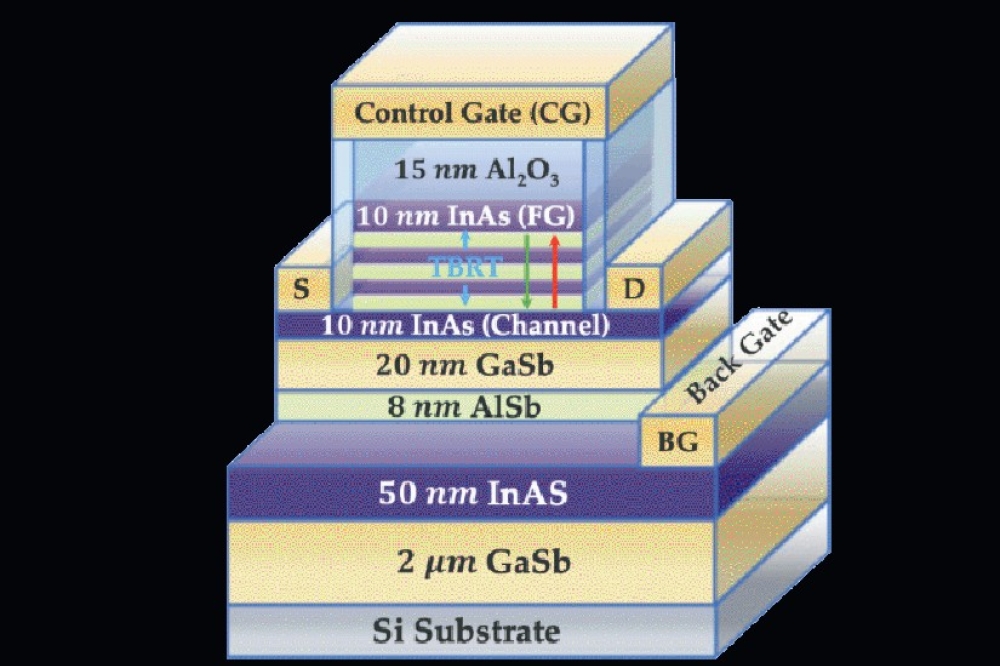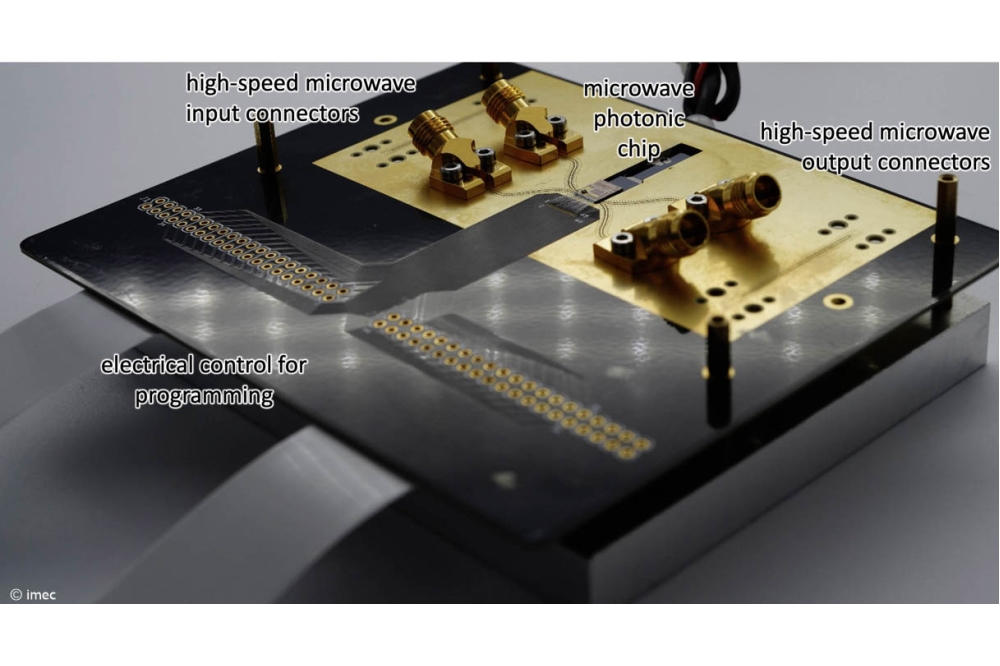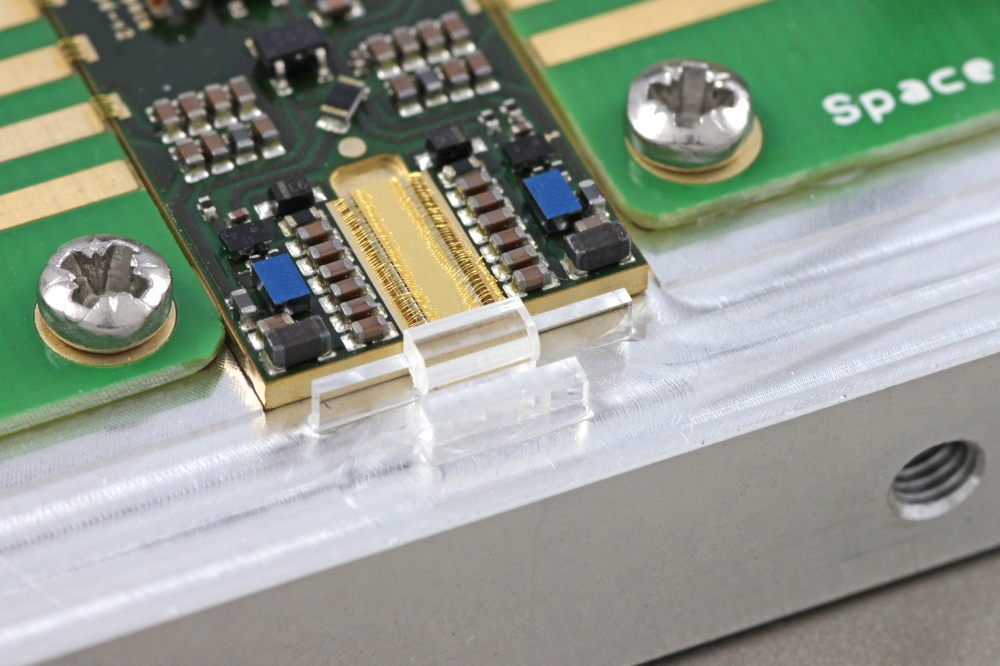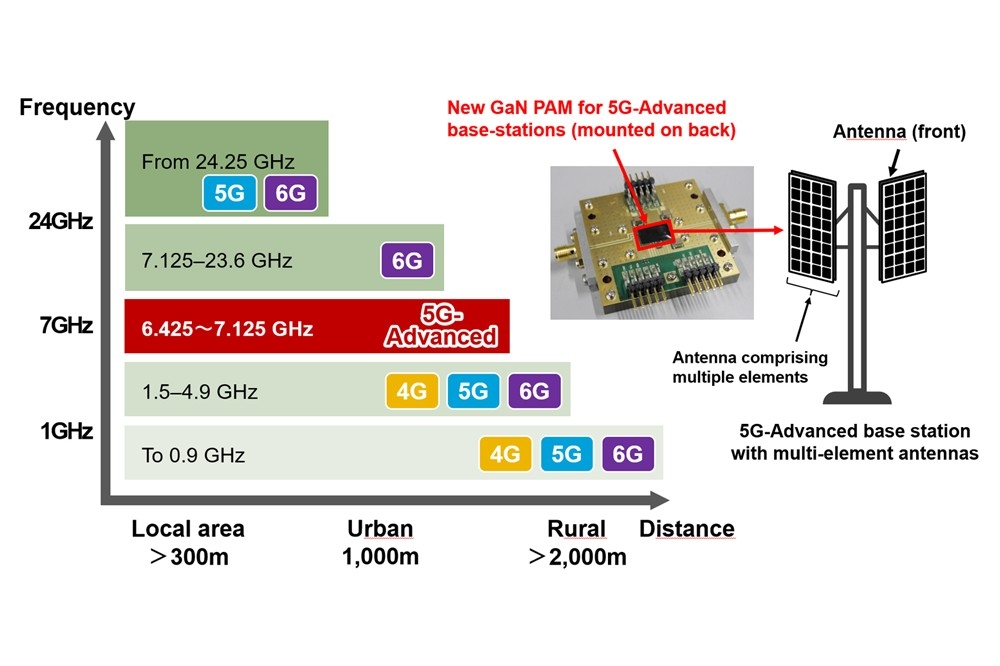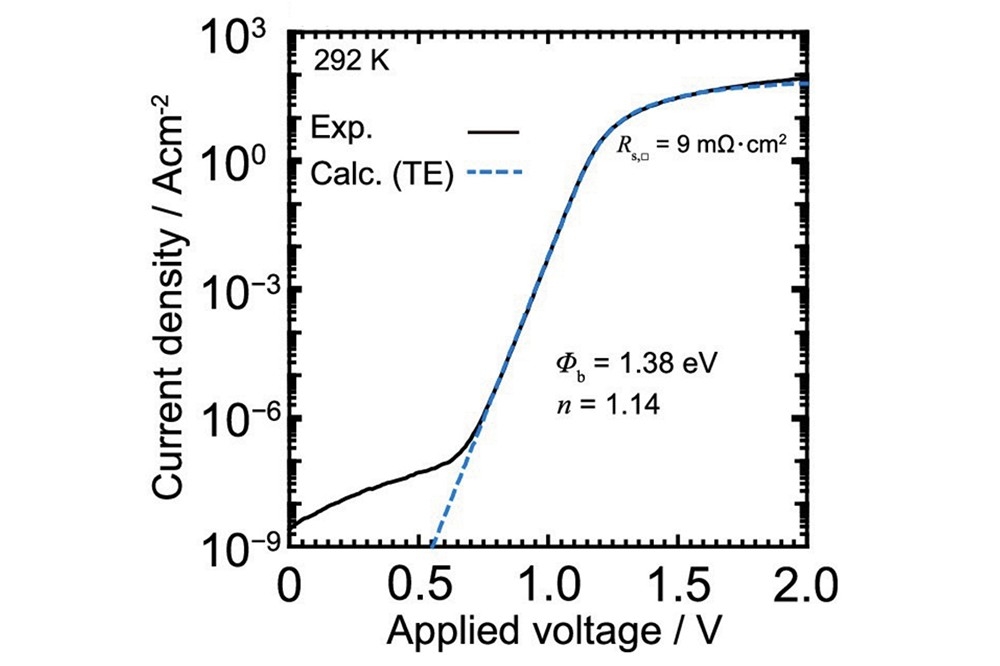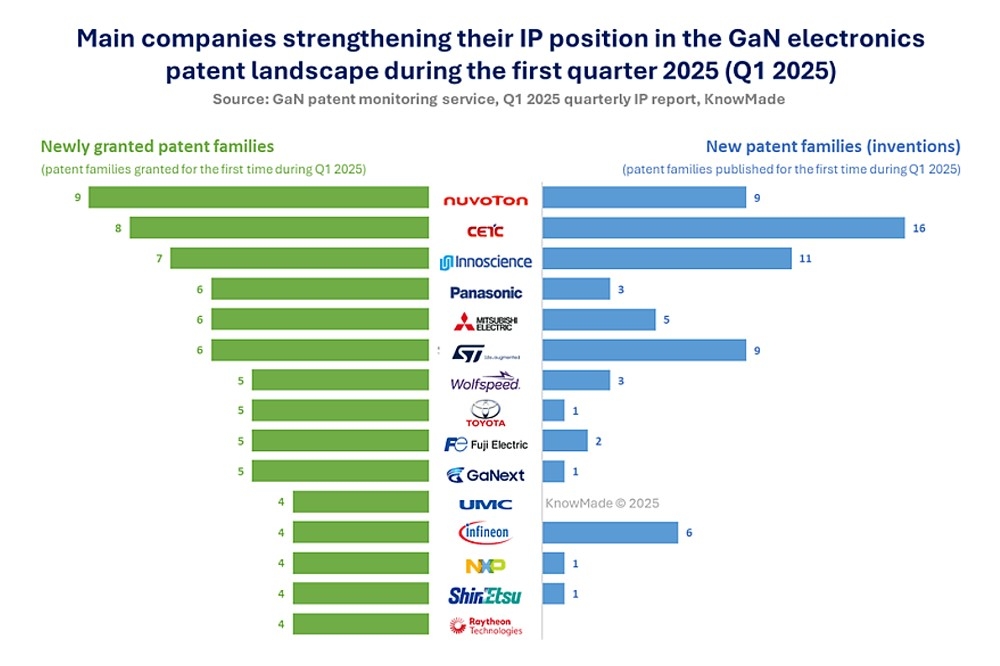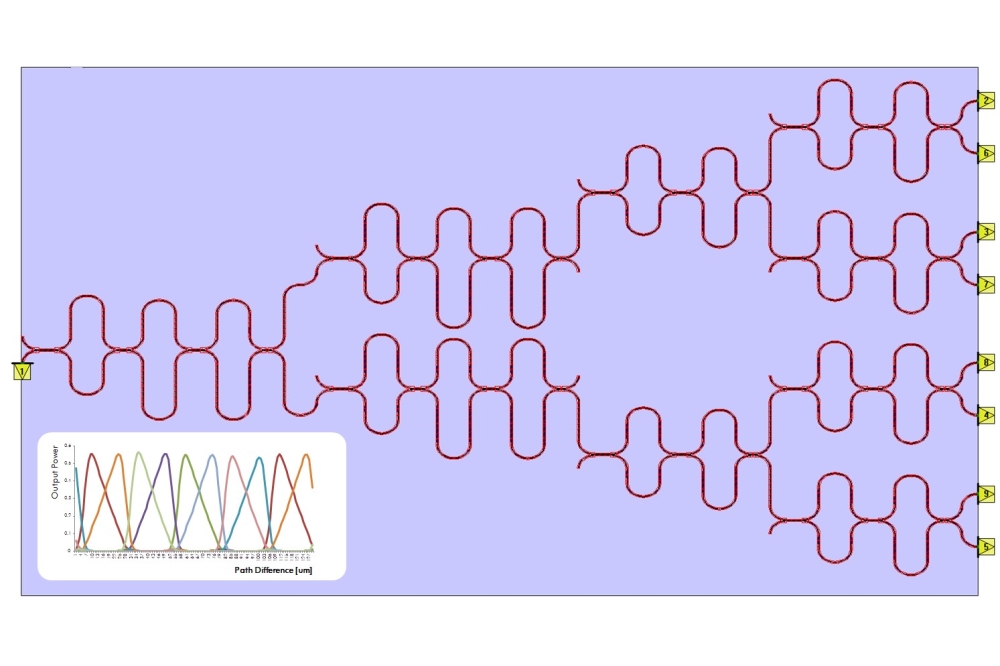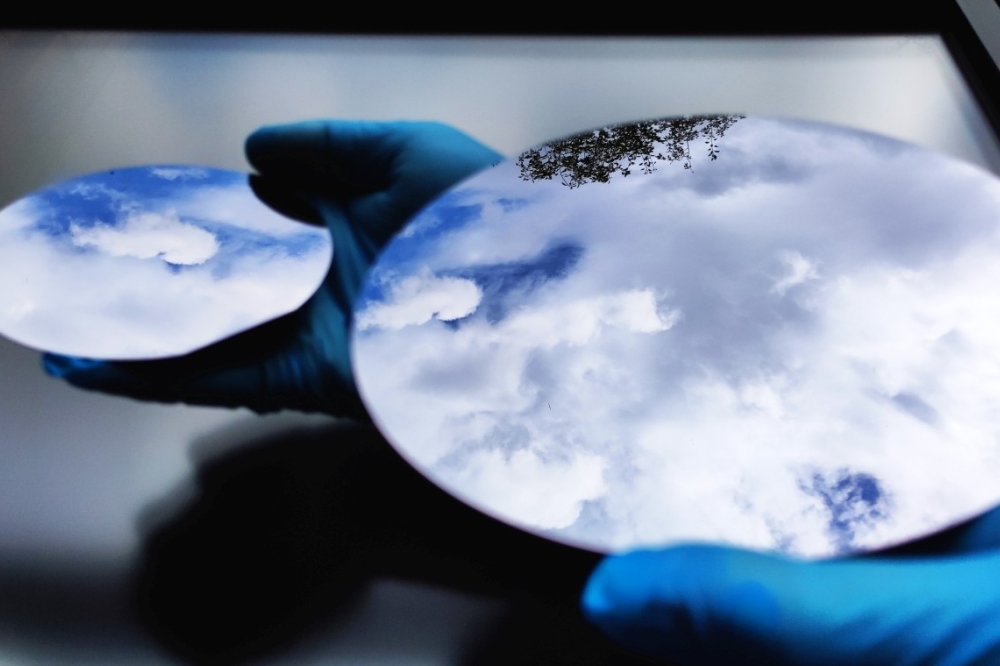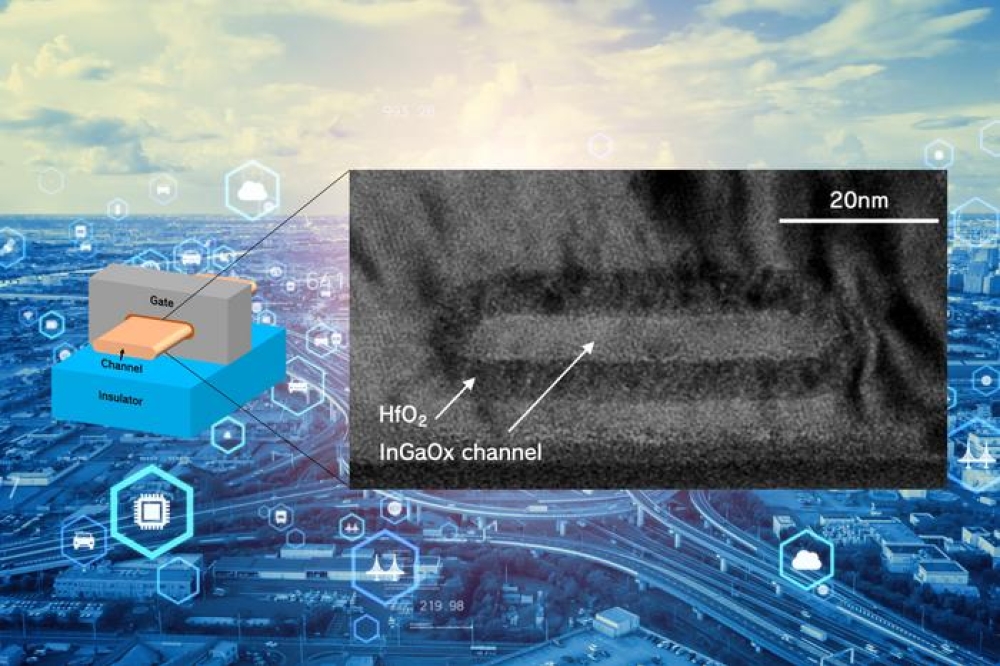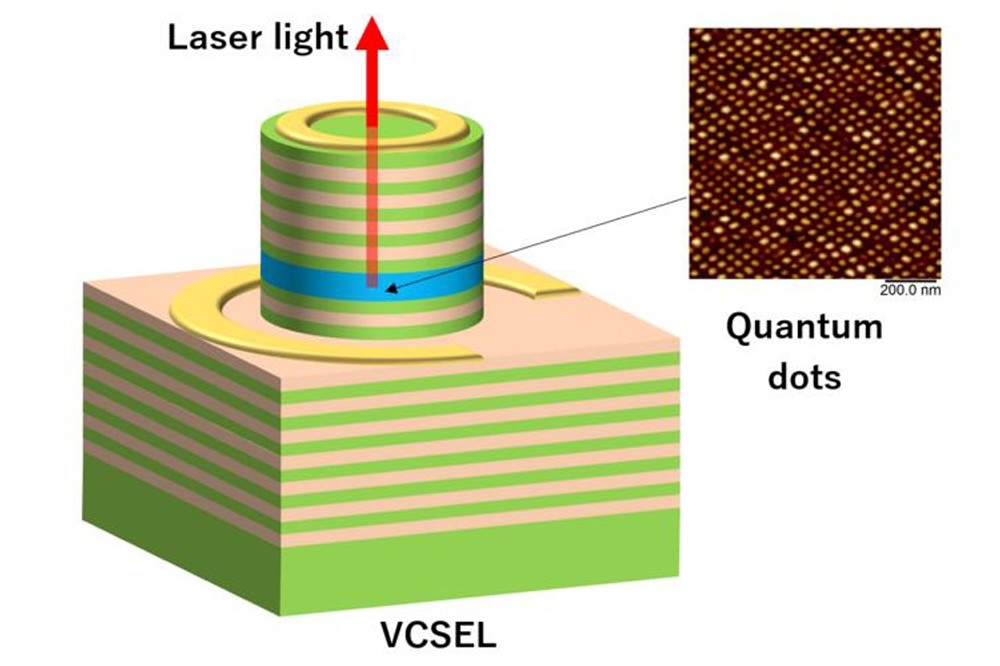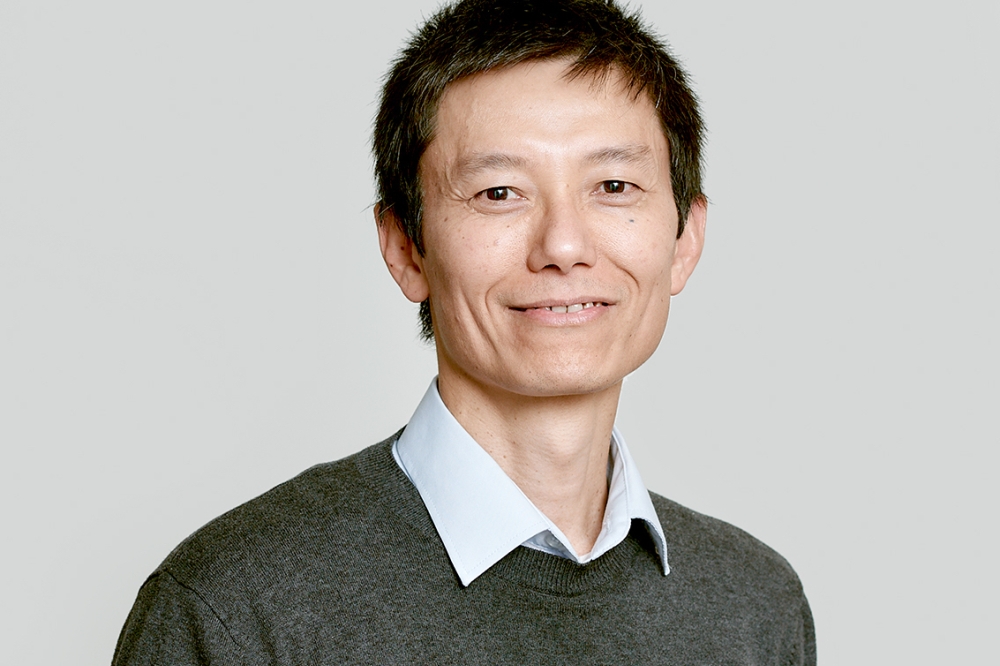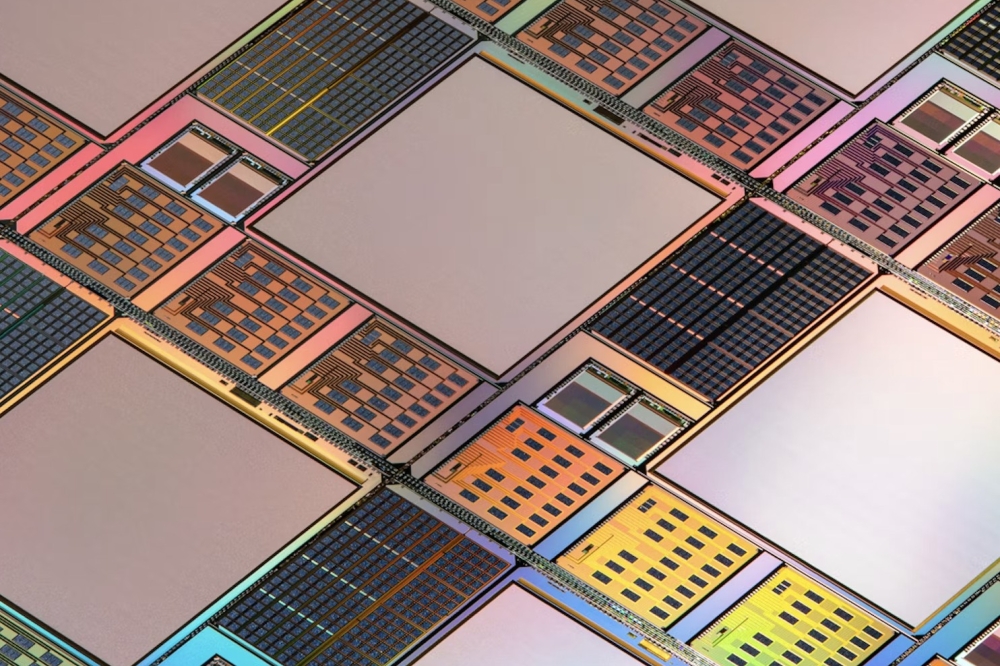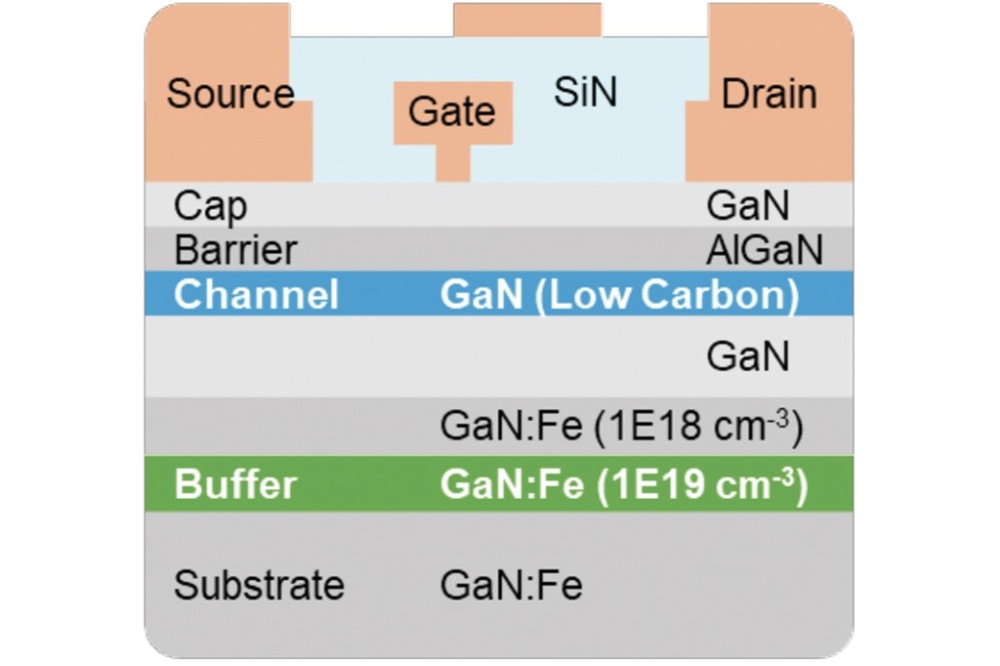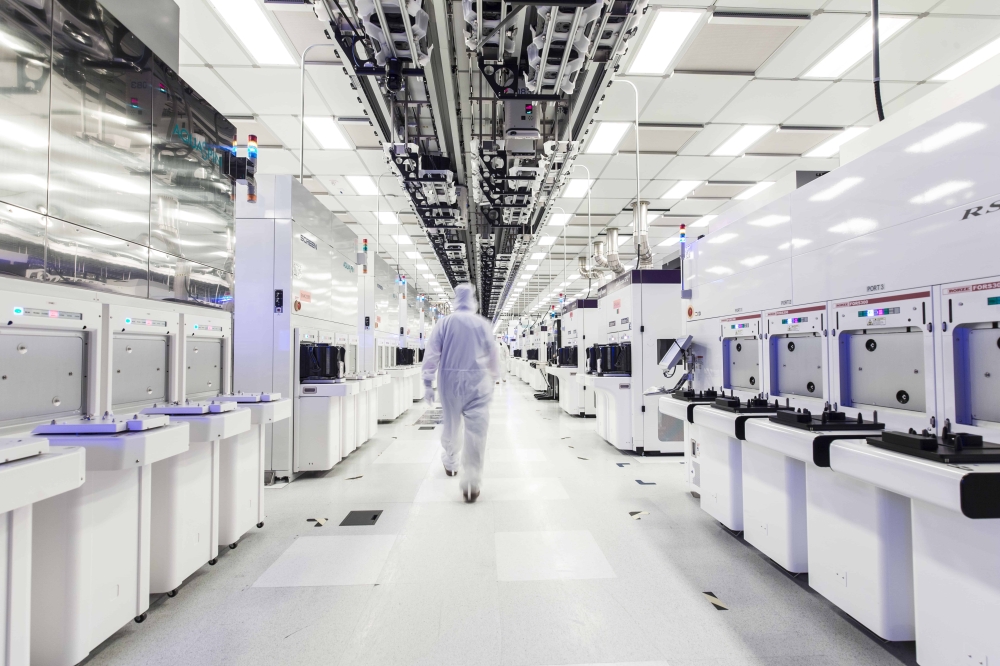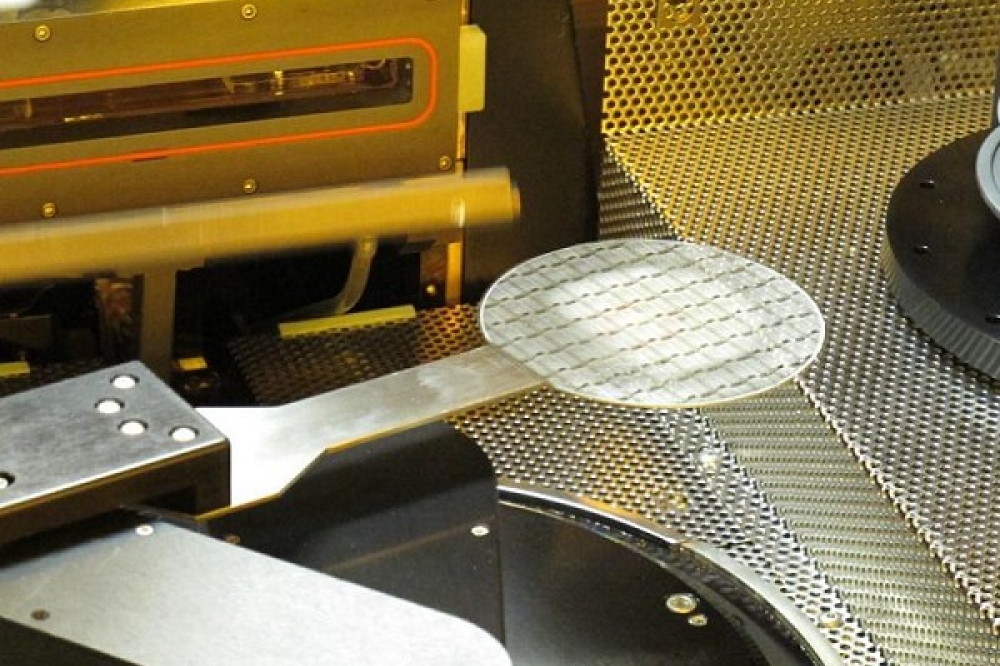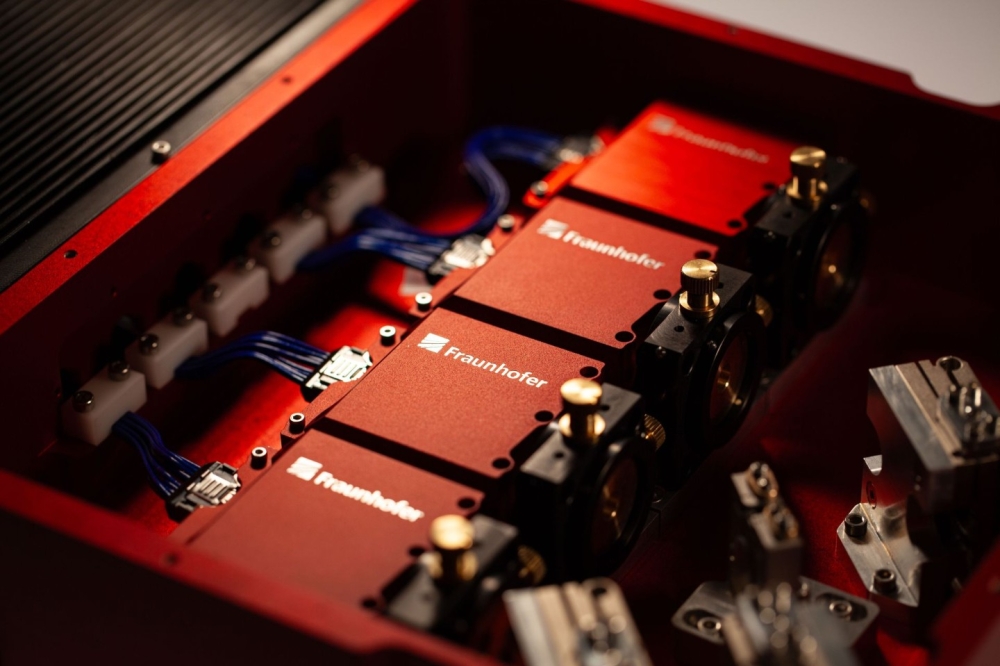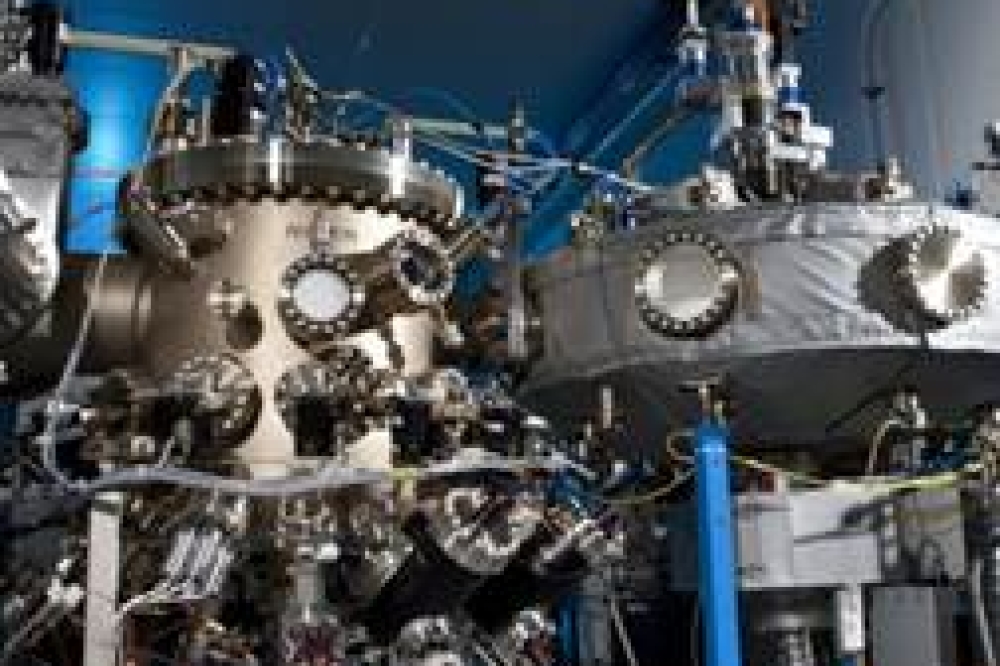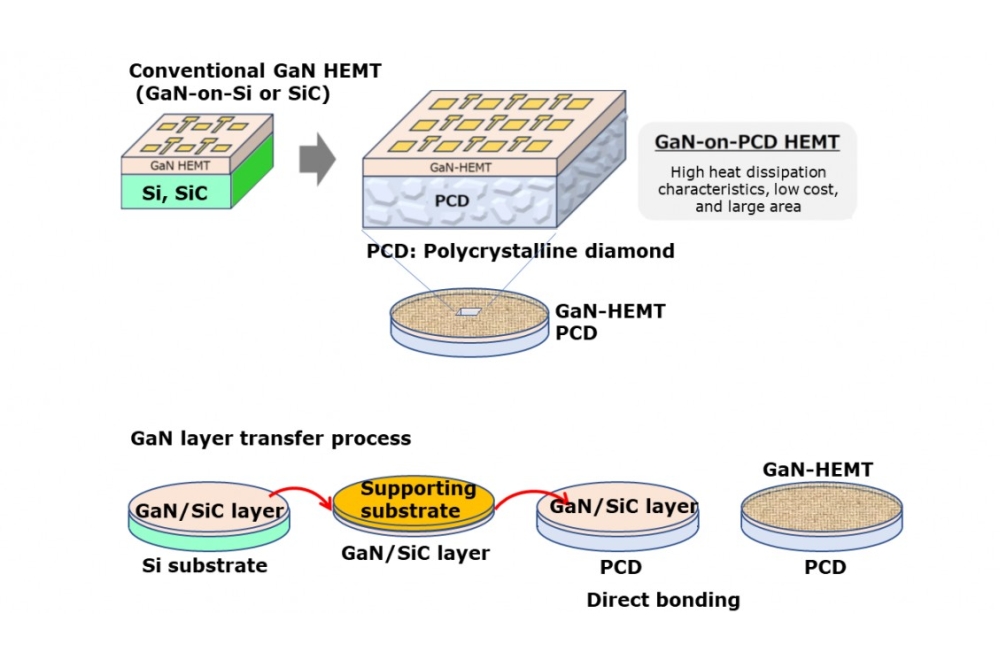SiC Innovation Alliance to drive industrial-scale R&D
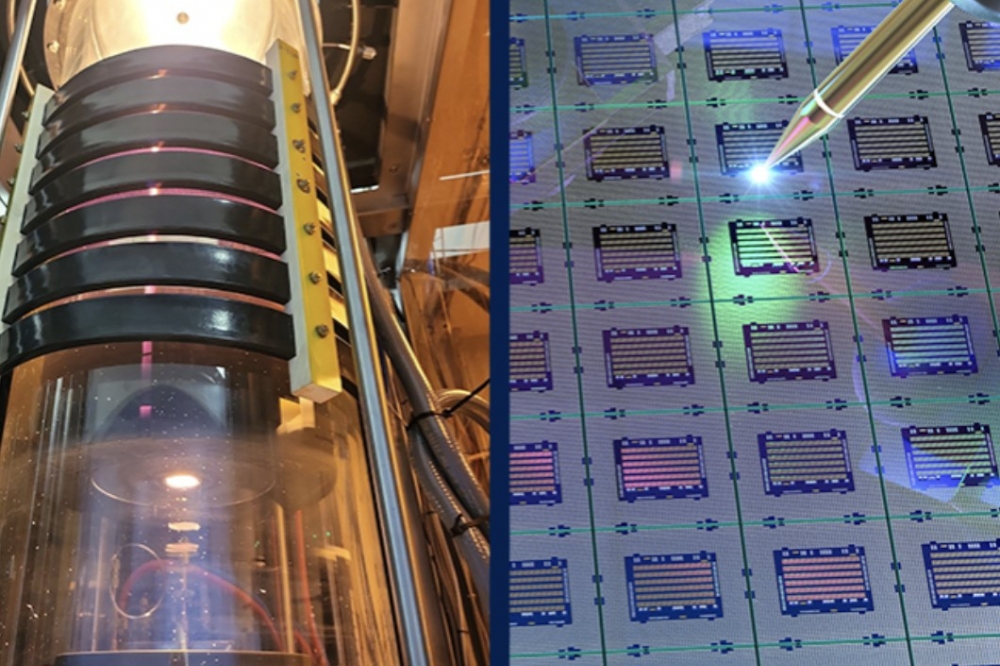
Penn State University launches coalition of industry, academia and government support
Penn State University has launched the SiC Innovation Alliance (SCIA), a coalition of industry leaders, academic institutions and government support with a focus on becoming the USA's central hub for research, development and workforce training in SiC crystal technology.
The flagship of the alliance will be the recently established Onsemi SiC Crystal Center (SiC3) at Penn State’s Material Research Institute. The SiC3 is funded via an $8 million partnership with Onsemi.
Academic research in SiC crystal growth had made significant advancements 20 years ago, producing materials mainly for the Department of Defense and while the application space has dramatically expanded, university education and research in this space has since diminished in the United States, according to Joshua Robinson, professor of materials science and engineering and director of the SCIA.
“Our goal with the SCIA is to put SiC crystal growth and processing research back on the map in the United States,” said Robinson. “Our vision is to be the central location for research and workforce development in SiC crystal science for the nation.”
Robinson said that the Air Force also provided key support in making the SCIA possible through a Defense University Research Instrumentation Program (DURIP) award.
“The role of the United States Air Force in the establishment of SCIA cannot be overstated,” Robinson said. “The Air Force provided critical funding for the purchase of essential instrumentation that was key to securing our partnership with Onsemi and laying the foundation for SCIA. This support also underscores the strategic importance of SiC in national security and defence applications.”
SCIA's vision aligns closely with the goals of the CHIPS and Science Act, which aims to revitalise America's semiconductor industry and bolster domestic manufacturing capabilities. The alliance will also be key in efforts around the Mid-Atlantic Semiconductor Hub (MASH), an interdependent coalition of top universities and industries founded by Penn State to combine resources and expertise to meet the needs of the semiconductor industry in the US by strengthening and aligning research, manufacturing and workforce development.
"SCIA’s focus on workforce development and fostering collaboration between industry and academia in Pennsylvania and beyond contributes to the realization of the CHIPS Act's objectives,” said Clive Randall, distinguished professor of materials science and engineering and director of the Materials Research Institute (MRI) at Penn State.
The next step for the alliance is growing membership.
"We see abundant opportunities for collaboration throughout the SiC substrate supply chain, and we're eager to connect with industry stakeholders to explore potential partnerships in this exciting field," said David Fecko, industry liaison for MRI. "Our focus will be on addressing industry-relevant challenges alongside SCIA members and on nurturing a skilled workforce through hands-on training in a pilot-scale facility. With this approach in mind, we're actively seeking new companies to join us in our endeavours."


